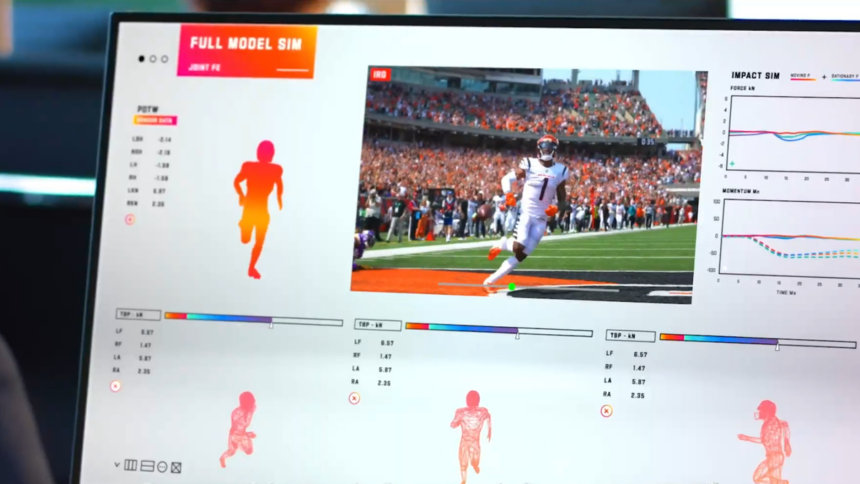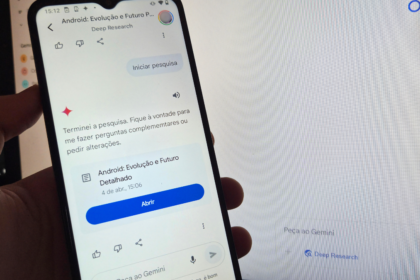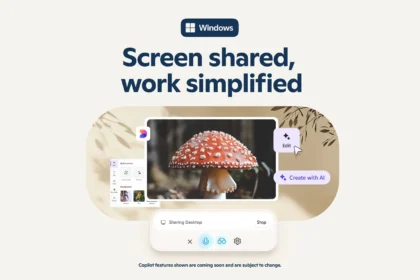As the NFL kicks off another season this Thursday (5), it will not only be marking the start of the season with an unprecedented game in São Paulo, Brazil, but also leveraging artificial intelligence (AI) to enhance various aspects of the game. The league’s path to the Super Bowl involves using AI to analyze player data, simulate rule changes, and organize the game schedule.
Since 2017, the NFL has partnered with Amazon Web Services (AWS), specializing in cloud solutions, AI, and Big Data. AWS collects over 300 million data points per season, providing detailed statistics and insights on every facet of the game. This includes mapping each player using sensors embedded in cameras, fields, and protective gear.
The reporter spoke with Julie Souza, AWS’s Global Head of Sports, to explore how AWS’s infrastructure supports the NFL and the role AI will play in the upcoming season.
Information about each athlete
AWS and the NFL have teamed up to create a platform called Digital Athlete, which provides a 3D representation of players to analyze their performance and assess injury risks.
This platform pulls data from various sources, including player movements, match and training analyses, and sensors embedded in helmets, mouthguards, and shoulder pads. AWS’s AI system uses computer vision to simulate different game scenarios, helping to predict and prevent injuries.
The data is collected and stored in a database, then shared with all 32 NFL teams. This information helps teams develop new recovery strategies and adjust training routines.
Julie Souza from AWS explains, “The coaching staff can use the portal to spot players at risk of injury. Digital Athlete processes 500 million data points each week from games and sensors. Handling this vast amount of data requires AI, computer vision, and machine learning to understand it all.”
Rule change
AI has played a key role in testing new NFL rules before they are officially implemented. For the 2024 season, the league is introducing two major changes: a new rule for kickoff returns and a ban on hip drop tackles, where a player tries to bring down an opponent by holding and pushing their hip.
These changes are aimed at reducing injuries during games. Using the Digital Athlete platform, AWS simulated the effects of these new rules as if they were applied over 10,000 seasons. The simulations showed that hip drop tackles posed a risk of injury 20 times higher than other types of tackles, highlighting the need for the new rule to enhance player safety.
Influence on the calendar
The NFL’s upcoming season includes a new game in Brazil and four international games — three in London and one in Munich. To manage the complex logistics of scheduling these games, AWS created a specialized algorithm.
This AI model considers over 30 factors to determine the game schedule. These factors include location, team records, matchups within the same conference, and primetime TV slots. With a staggering one quadrillion (1 followed by fifteen zeros) possible scheduling combinations, the algorithm ensures that the league’s diverse needs are met efficiently.
Statistics at all times
NFL game broadcasts now feature highly advanced statistics thanks to Next Gen Stats, a platform developed by AWS in collaboration with the league. For instance, viewers can instantly see a player’s top speed or the likelihood of a pass being completed during a touchdown.
Next Gen Stats provides live game coverage and a website where fans can dive deeper into statistics about their favorite teams and players. Julie Souza highlights that the core of AWS’s partnership with the NFL is about making sense of data. This involves enhancing game safety, introducing the sport to new fans engagingly, and delivering high-quality information to existing fans.
“The goal is to know and share as much as possible. We use this data to learn quickly, and there’s a science behind capturing and analyzing it,” Souza explains. “But there’s also an art to storytelling — using this information to engage fans and attract new audiences.”
Potential with generative AI
Generative AI is also making waves in the NFL’s innovations. Julie Souza reveals that the league uses a specialized tool that lets users access data using natural language commands, similar to an advanced version of ChatGPT but tailored for NFL information.
“This platform lets you query data in natural language to gain insights. For instance, you can ask to see the last time Patrick Mahomes scored a touchdown at home in a specific formation, and the AI will search, display the video, and generate a detailed response,” she explains.
“I see generative AI in two main areas: how it ensures operational efficiency, that is, how we can take tasks that would be laborious and transform them into a faster and more efficient process, and it also has the chance to maximize the value of the content, extract the best from the material and take it to more people,” explains AWS Global Head of Sports, Julie Souza.
Julie Souza believes that such tools could potentially be made available to the general public in the future. However, this would depend on the league’s decisions and would require robust security and privacy measures.
“We have a wealth of data that could be useful for anyone in the ecosystem, but it must be handled safely with mechanisms to protect rights. I think this is something the league is considering in their planning,” she says.
Innovation in the round ball
AI’s impact extends beyond American football into traditional football (soccer), which is highly popular. AWS collaborates with the Bundesliga, the German football league, to enhance broadcasts with advanced statistics. These include the probability of scoring a goal from a shot and average team movements.
This season, the Bundesliga has introduced AI-generated statistics and insights, which can be tailored to various language styles, ranging from professional analyses to more casual fan-friendly approaches.
Julie Souza highlights that this data can be translated into different languages, crafted into engaging texts, and even presented in diverse styles to suit different audiences.
She also notes that there’s significant potential for AI to enhance sports coverage globally. “Leagues worldwide learn from each other and are open to adopting AI tools. We can use data, AI, and machine learning to elevate the game, tell compelling stories, and boost audience engagement,” she concludes.










